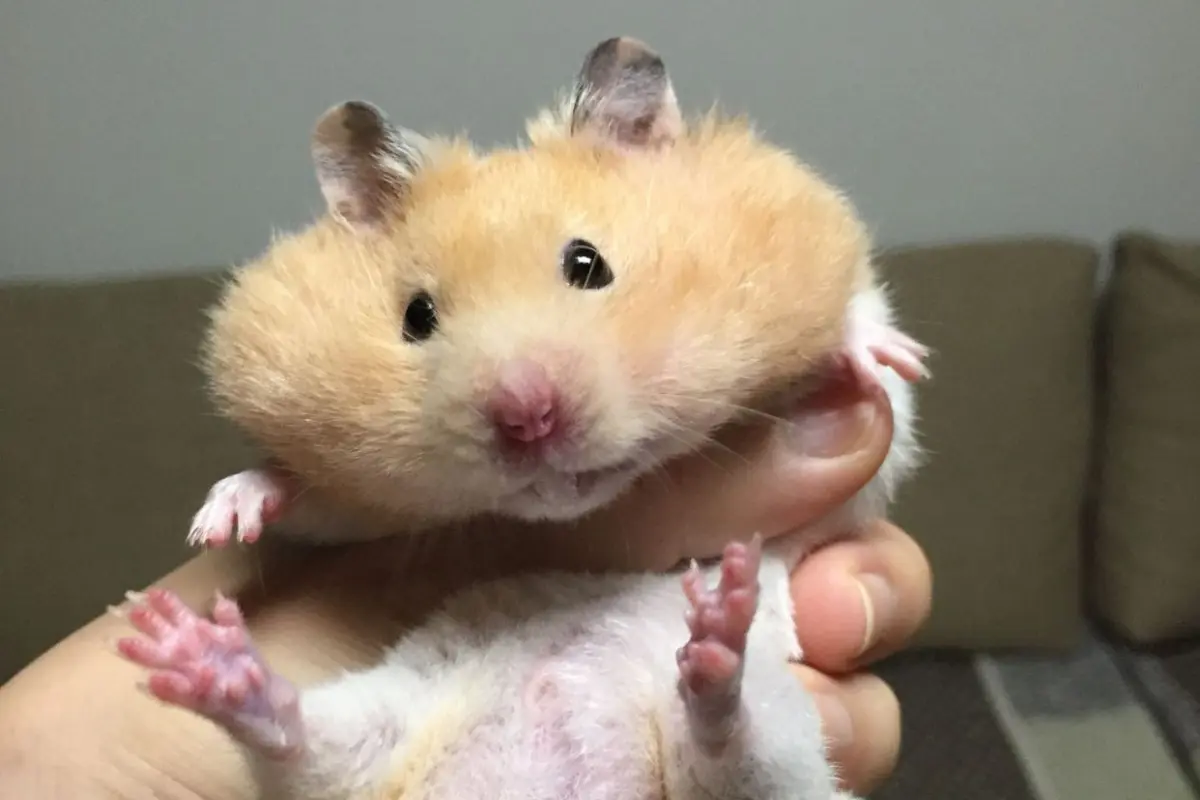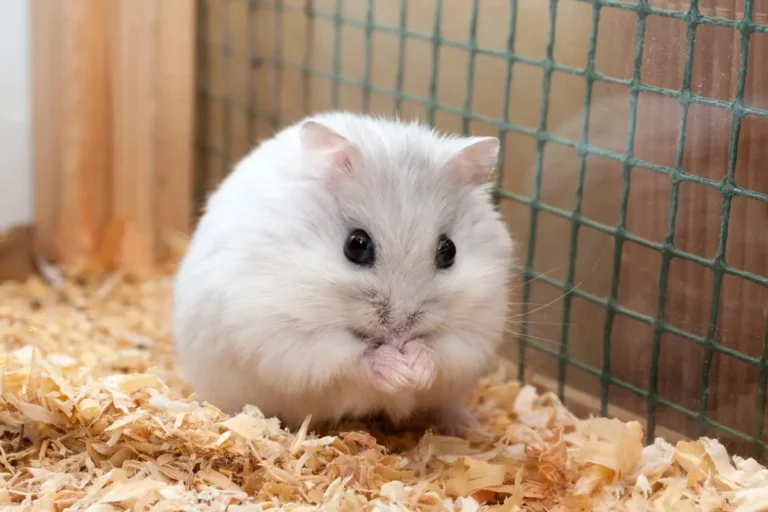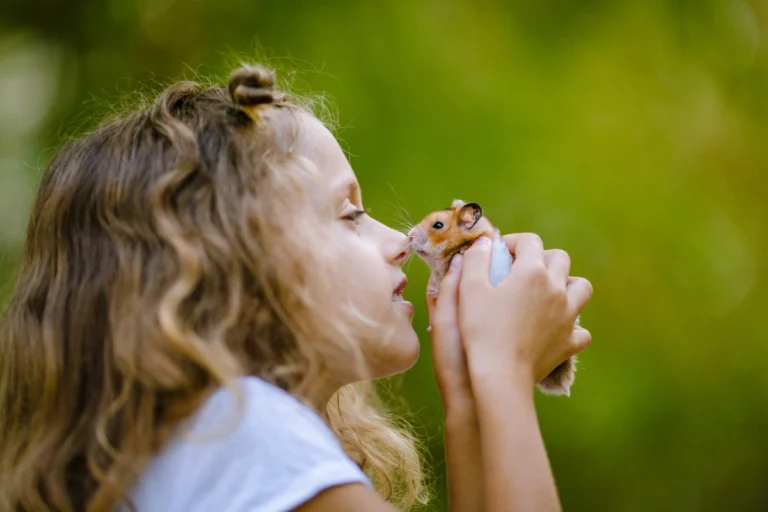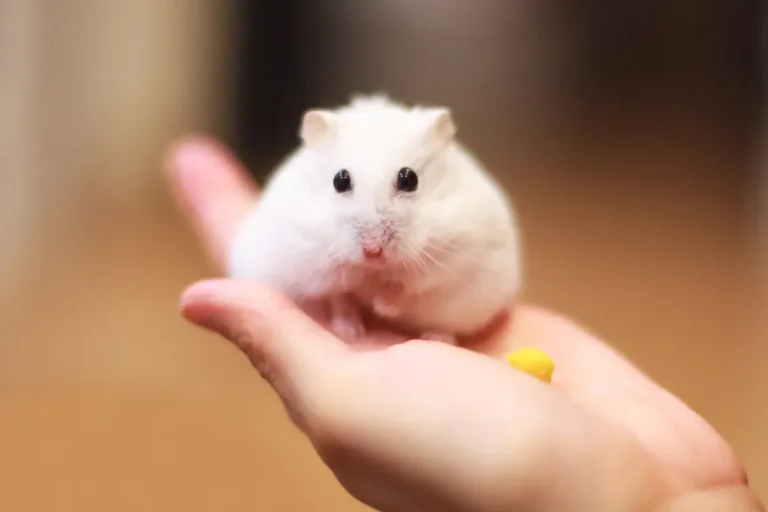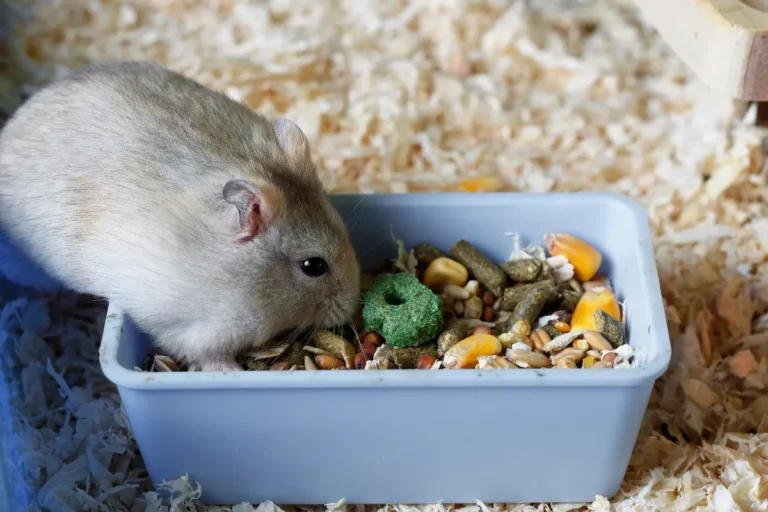Bumblefoot in Hamsters: Essential Guide to Treatment and Prevention
Bumblefoot, also known as pododermatitis, is an infection of the footpad, often triggered by prolonged pressure or friction on the feet, leading to inflammation, sores, and bacterial infections (often caused by Staphylococcus aureus).
If left untreated, bumblefoot can worsen, potentially causing abscesses, tendon inflammation, and even bone infections. As the condition advances, it can be extremely painful and may significantly affect your hamster’s mobility.
Causes of Bumblefoot in Hamsters
The primary cause of bumblefoot in hamsters is excessive pressure or friction on the soft tissues of the feet. Various environmental and health-related factors can increase a hamster’s risk of developing bumblefoot:
Abrasive Surfaces
- Hard or rough surfaces like wire-bottom cages or sharp bedding materials can cause repetitive friction on a hamster’s feet, resulting in wounds that are susceptible to infection. Wire cages are a common cause, as they apply continuous pressure and can create small abrasions on sensitive footpads.
Poor Hygiene
- Unsanitary cage conditions with wet, urine-soaked bedding can lead to bacterial growth. Bacteria from dirty bedding can enter even the smallest cuts, leading to infections that aggravate bumblefoot.
Obesity
- Overweight hamsters place additional pressure on their feet, increasing the likelihood of sores and pressure sores. Obesity is often due to inadequate exercise, a high-calorie diet, or genetic factors.
Inadequate Cage Size
- Small cages can limit movement, leading a hamster to spend extended periods in one place. This prolonged pressure on certain areas of the foot can contribute to the development of sores and ulcers.
Lameness or Injury
- Hamsters may favor one foot due to an injury or weakness, leading to overuse of the other foot, which increases the risk of bumblefoot on that limb.
Symptoms of Bumblefoot in Hamsters
Bumblefoot symptoms can vary based on severity, and the condition is often graded on a scale from mild to severe:
- Grade I: Mild redness and slight swelling.
- Grade II: Swelling with the formation of small ulcers on the footpad.
- Grade III: Development of scabs over sores and deeper tissue involvement.
- Grade IV: Severe infection, abscesses, and inflammation of tendons.
- Grade V: Bone involvement, leading to irreversible damage, abnormal gait, and severe pain.
Additional signs of bumblefoot include:
- Limping or reluctance to move
- Lethargy and reduced activity
- Weight loss due to pain-related inactivity
- Vocalization of discomfort when moving or handled
If you notice any of these signs, inspect your hamster’s feet closely and consider consulting a veterinarian to confirm the diagnosis.
Treatment Options for Bumblefoot in Hamsters
Prompt and consistent treatment is essential to prevent bumblefoot from worsening. Treatment options vary based on the severity of the condition, with mild cases manageable at home and advanced stages requiring veterinary intervention.
1. Home Treatment for Early-Stage Bumblefoot
In the early stages of bumblefoot, home care can often be effective if done consistently:
- Foot Soaks: Soak the affected foot in a warm saline solution (1 teaspoon of salt in a cup of water) or Epsom salt bath for 10-20 minutes, twice a day. This helps soften scabs, reduce swelling, and clean the wound.
- Cleaning and Disinfecting: After soaking, gently clean the sores using a mild antiseptic like diluted iodine or chlorhexidine. This helps reduce bacteria and prevents further infection.
- Antibacterial Ointments: Apply a thin layer of a hamster-safe antibiotic ointment, such as silver sulfadiazine or chlorhexidine cream, to the sore areas after cleaning. Do this twice daily after each cleaning session to promote healing and prevent infection.
- Bandaging (Optional): For moderate cases, a loose bandage may protect the sore and prevent further injury. Use soft gauze and a medicated wrap, ensuring it is not too tight to avoid impeding circulation. Change the bandage daily.
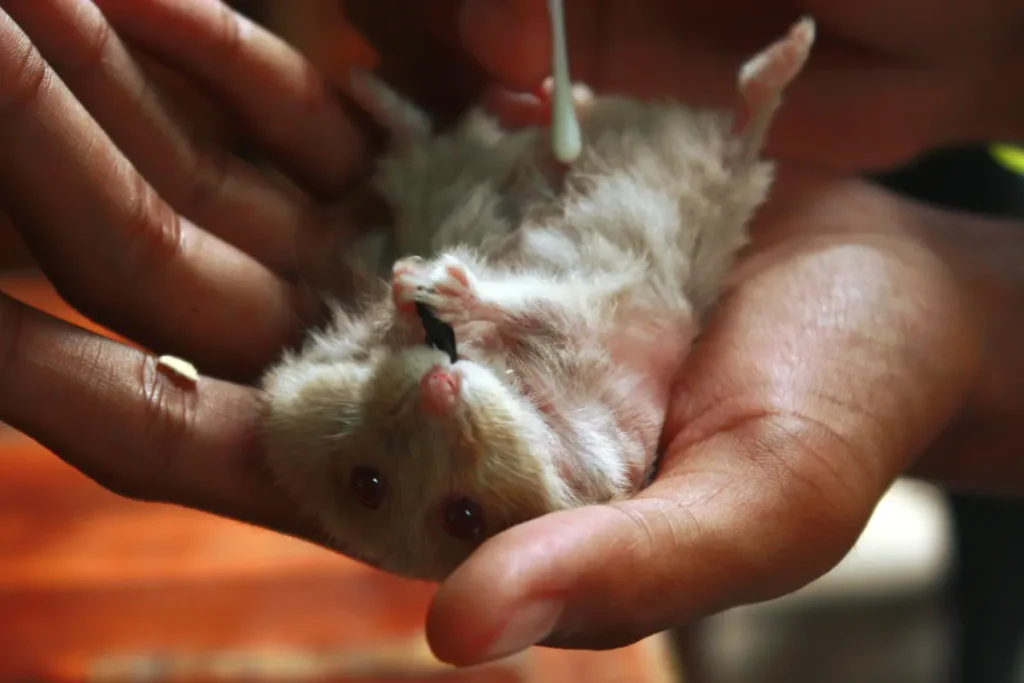
2. Professional Treatment for Advanced-Stage Bumblefoot
For severe cases of bumblefoot that involve deep infections or abscesses, veterinary care is necessary:
- Systemic Antibiotics: In advanced cases, your vet may prescribe oral or injectable antibiotics, such as enrofloxacin or ciprofloxacin, to fight the infection from within.
- Surgical Intervention: In extreme cases involving abscesses or deep bone infections, surgery may be required to remove dead or infected tissue. This procedure, known as debridement, is followed by antibiotics and regular wound care.
- Pain Management: Pain relief is crucial in advanced cases to ensure your hamster remains comfortable. Medications such as meloxicam or carprofen are often prescribed to help manage pain and inflammation.
3. Additional Home Remedies
Home remedies can complement medical treatments, especially in the early stages:
- Manuka Honey: Known for its natural antibacterial properties, Manuka honey can be applied to sores to promote healing and prevent infection.
- Vitamin C: Adding small amounts of vitamin C to your hamster’s diet can aid tissue repair and collagen production, supporting the healing process.
Note: Consult with a veterinarian before using any home remedies, especially if your hamster is undergoing professional treatment.
Prevention Strategies for Bumblefoot in Hamsters
The best approach to bumblefoot is prevention. Ensuring that your hamster’s habitat and health are properly managed reduces the risk of developing this painful condition.
1. Appropriate Cage Flooring and Bedding
- Avoid Wire Flooring: Wire-bottom cages put constant pressure on your hamster’s feet, leading to abrasions and sores. Use solid flooring to prevent bumblefoot.
- Soft, Absorbent Bedding: Provide cushioning for your hamster’s feet with soft bedding materials, such as aspen shavings or paper-based bedding. Avoid rough or abrasive materials like cedar or pine, which can irritate the skin.
2. Regular Cage Cleaning
Maintaining a clean cage is essential to preventing bacterial buildup, which can lead to infections in minor abrasions on the feet.
- Daily Spot Cleaning: Remove soiled bedding daily to prevent moisture and bacteria accumulation.
- Weekly Full Cleaning: Perform a full cage cleaning once a week, replacing all bedding and sanitizing the cage with a pet-safe disinfectant.
3. Healthy Diet and Weight Management
Obesity is a major risk factor for bumblefoot due to the increased pressure on your hamster’s feet. A balanced diet supports a healthy weight and overall foot health.
- Balanced Diet: Provide high-quality hamster food with a mix of seeds, grains, and fresh vegetables. Limit fatty treats to prevent weight gain.
- Encourage Physical Activity: Provide an exercise wheel (solid-surfaced to avoid foot injuries) and toys to keep your hamster active, which helps prevent obesity.
4. Regular Foot Inspections
Check your hamster’s feet weekly to detect early signs of bumblefoot, such as redness, swelling, or scabs.
- Foot Inspections: Early detection of redness or soreness allows for prompt treatment, preventing minor issues from escalating.
- Nail Care: Keep your hamster’s nails trimmed, as overgrown nails can alter gait and add pressure to the footpads, increasing the risk of bumblefoot.
5. Minimize Stress and Injury
Reduce stress and the risk of injury by creating a stable environment for your hamster.
- Limit Environmental Changes: Maintain a stable cage setup and avoid excessive handling or abrupt changes.
- Avoid Abrasive Accessories: Ensure that toys, ramps, or other cage accessories are smooth and free from sharp edges that could injure your hamster’s feet.
6. Routine Veterinary Check-Ups
Routine veterinary visits are especially important for older or overweight hamsters, as they are more prone to developing foot issues. A vet can monitor your hamster’s health and guide weight management, cage improvements, and any early signs of foot problems.
Frequently Asked Questions About Bumblefoot in Hamsters
1. Can Bumblefoot Heal on Its Own?
- Mild cases of bumblefoot may improve with environmental adjustments, but more advanced cases require treatment and, in some cases, antibiotics to fully heal. Always consult a veterinarian to determine the best course of action.
2. How Long Does Bumblefoot Take to Heal?
- The healing time varies based on the severity of the condition and the treatment method. With proper care, mild cases can improve within a few weeks, while severe cases may take several weeks to months.
3. Can Bumblefoot Be Fatal in Hamsters?
- If left untreated, bumblefoot can lead to secondary infections, bone damage, and chronic pain, which can severely impact a hamster’s quality of life and, in severe cases, become life-threatening.
4. Can Bumblefoot Recur?
- Yes, bumblefoot can recur if the underlying causes aren’t addressed. Continuous care and preventive measures, like soft bedding and cage cleanliness, are essential to avoid repeat episodes.
In conclusion, bumblefoot is a manageable but painful condition that requires attention and care. Prevention through cage hygiene, soft bedding, proper diet, and regular exercise is key to keeping your hamster’s feet healthy.
When symptoms of bumblefoot are noticed early, consistent home treatment is often effective. However, for more severe cases, seeking veterinary intervention ensures the best care for your hamster.
